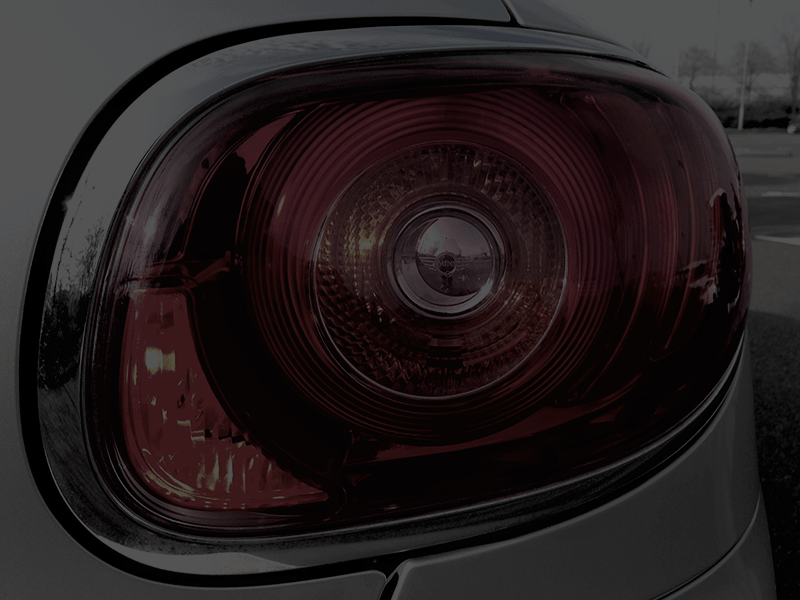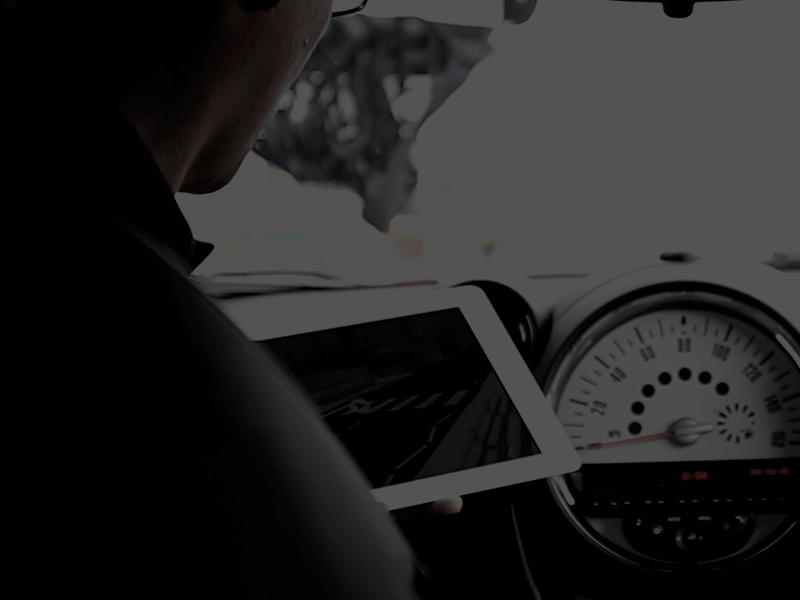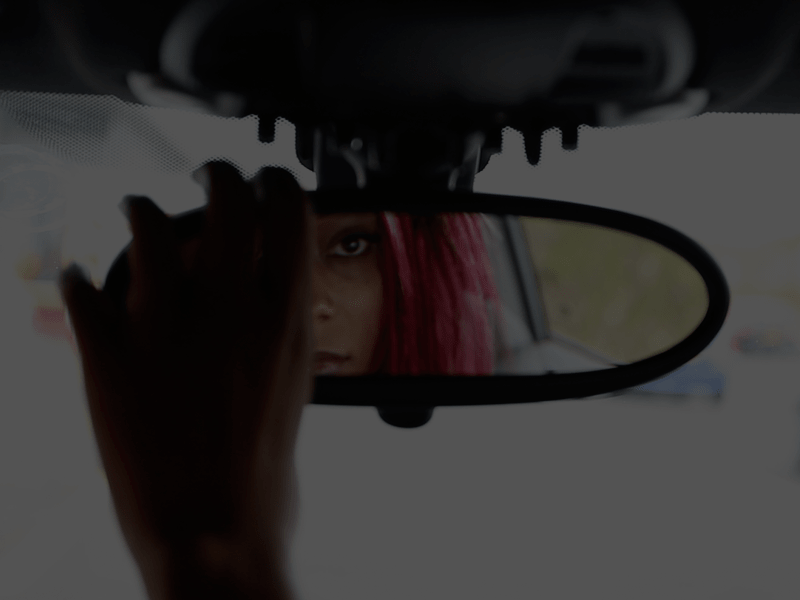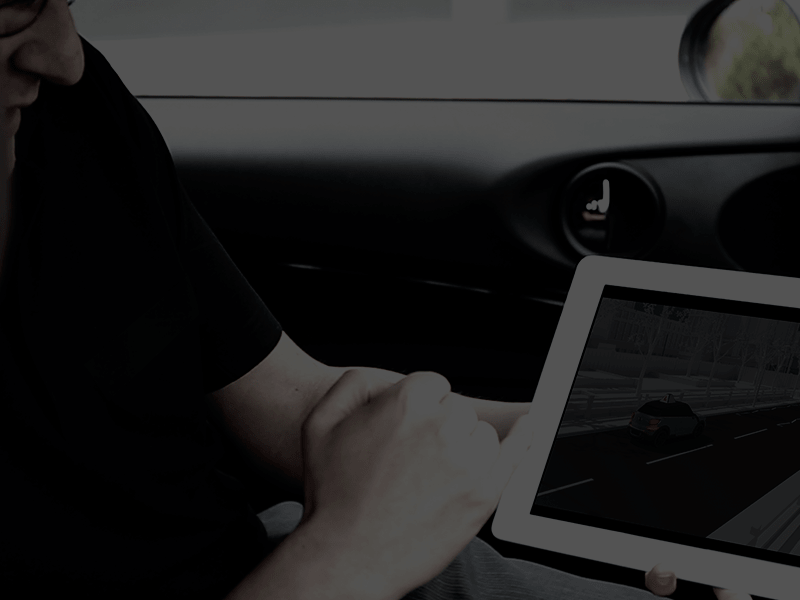
If you are thinking of becoming a driving instructor then I can't rate SmartDriving highly enough.
The training system is excellent the virtual classrooms are enjoyable and very informative and Andrew and the team are always available to answer any queries, not matter how trivial.
Top Team who assisted me greatly in obtaining my ADI Licence.
Richard Hart








